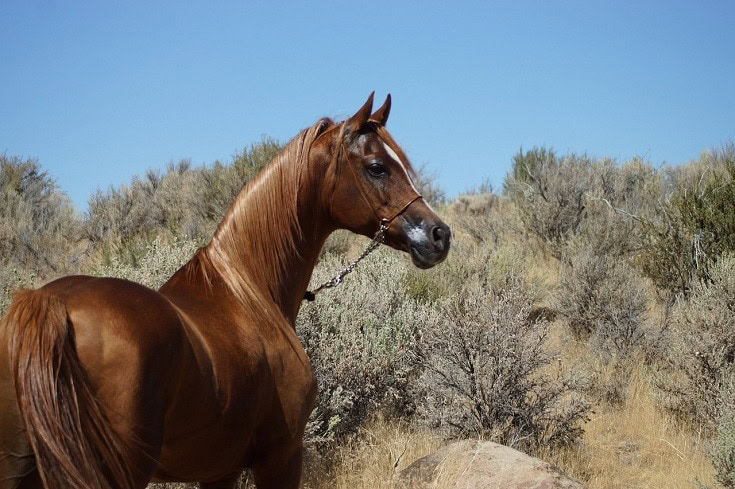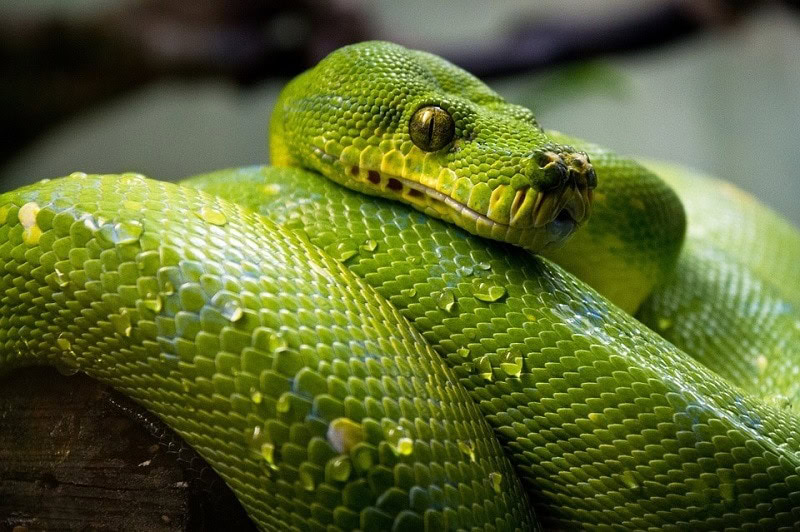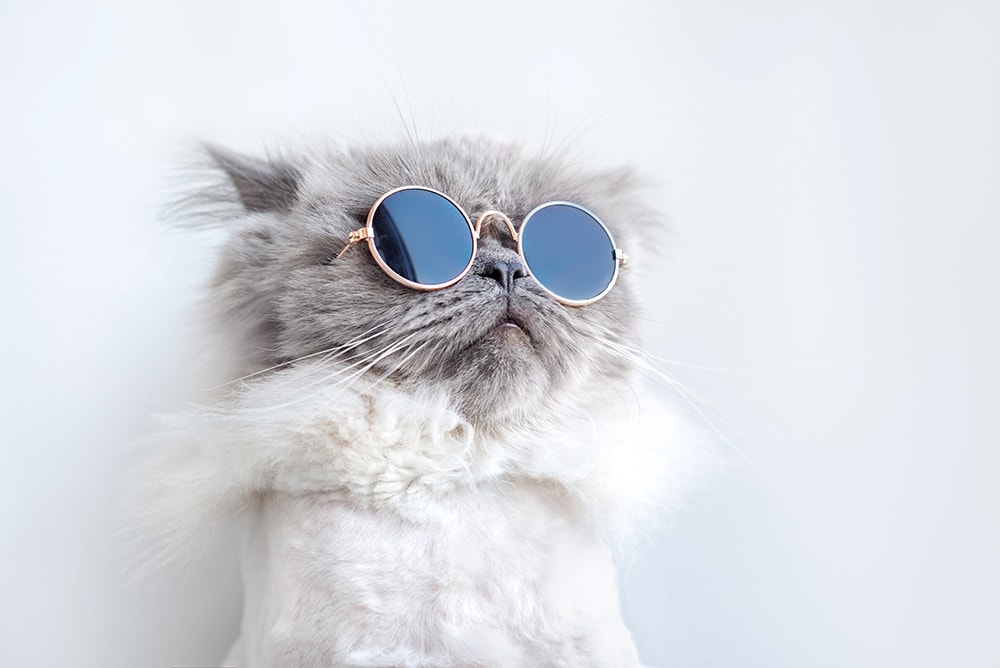Horses with a reddish-brown coat are referred to as Chestnut. This color is also known as sorrel, and it can range from a rather light shade of brown-yellow to a deep liver color, though all Chestnuts will have some red in their coats. Interestingly, chestnut horses always carry two copies of the red coat pigment gene, which is recessive. If you breed a chestnut mare and stallion, the resulting offspring will always be chestnut as well.

Interesting Facts About Chestnut Horses
- Two black horses can sometimes create Chestnut foals.
- According to The Blood-Horse Magazine, the top two racehorses of the 20th century were both Chestnuts: Man o’ War and Secretariat.
- A chestnut horse with a cream gene will have palomino coloration
- More than half the horses in the American Quarter Horse Hall of Fame are Chestnut or Sorrel.
The 4 Chestnut Horse Color Shades
Chestnut horses come in many different shades and hues. Here are some of the most common and popular.
1. Light Chestnut
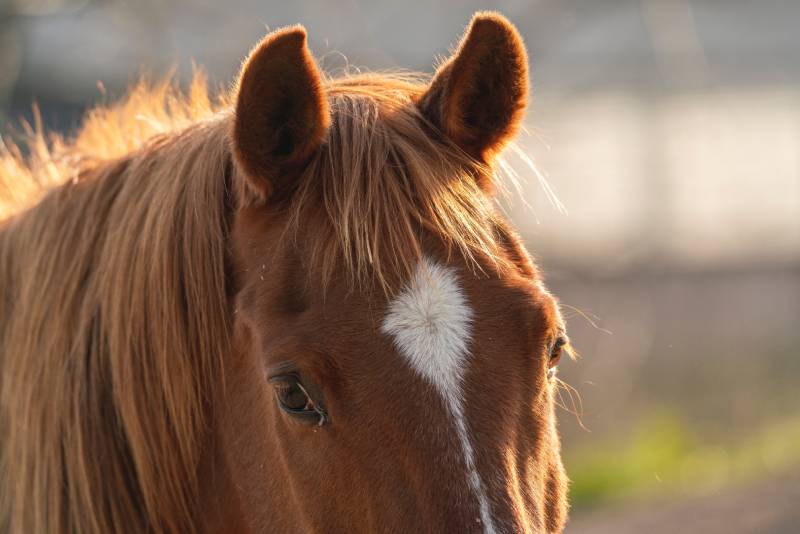
These horses are a light color of brown with a slightly red hue. Their points are usually the same shade as their body, though the tips of their mane and tail might be a lighter color.
2. Red Chestnut
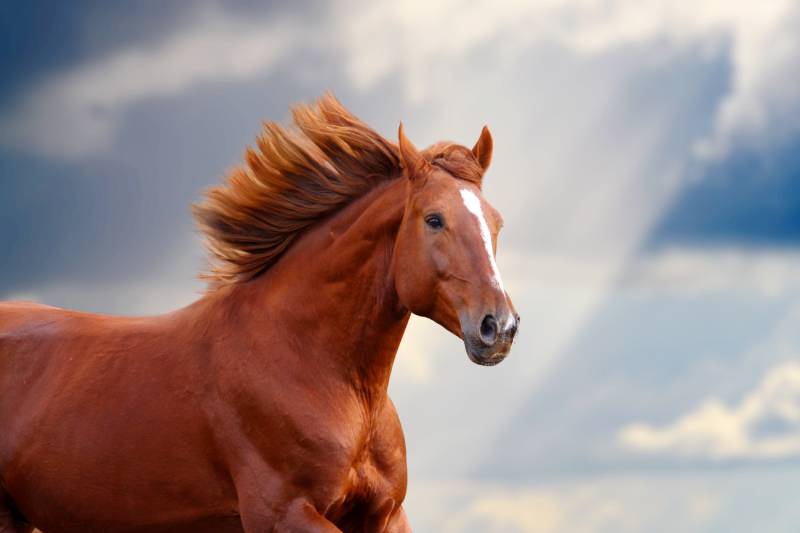
Red Chestnuts have a very red hue that can sometimes appear almost orange. Their coats are bright and shiny; saturated with red coloration. Additionally, red highlights on the horse’s body stand out.
3. Flaxen Chestnut
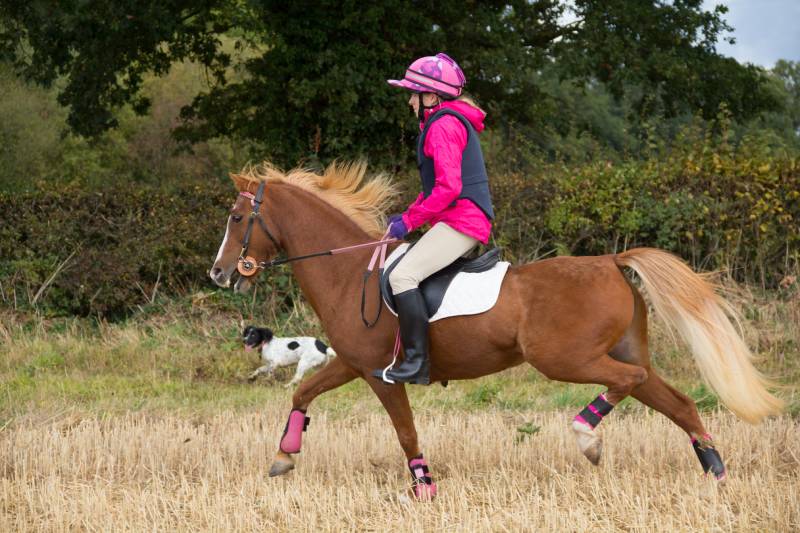
A Flaxen Chestnut horse has a body that’s chestnut-colored with a mane and tail that are much a lighter color of cream or off-white. The points of a Flaxen Chestnut are the same color as its body.
4. Liver Chestnut
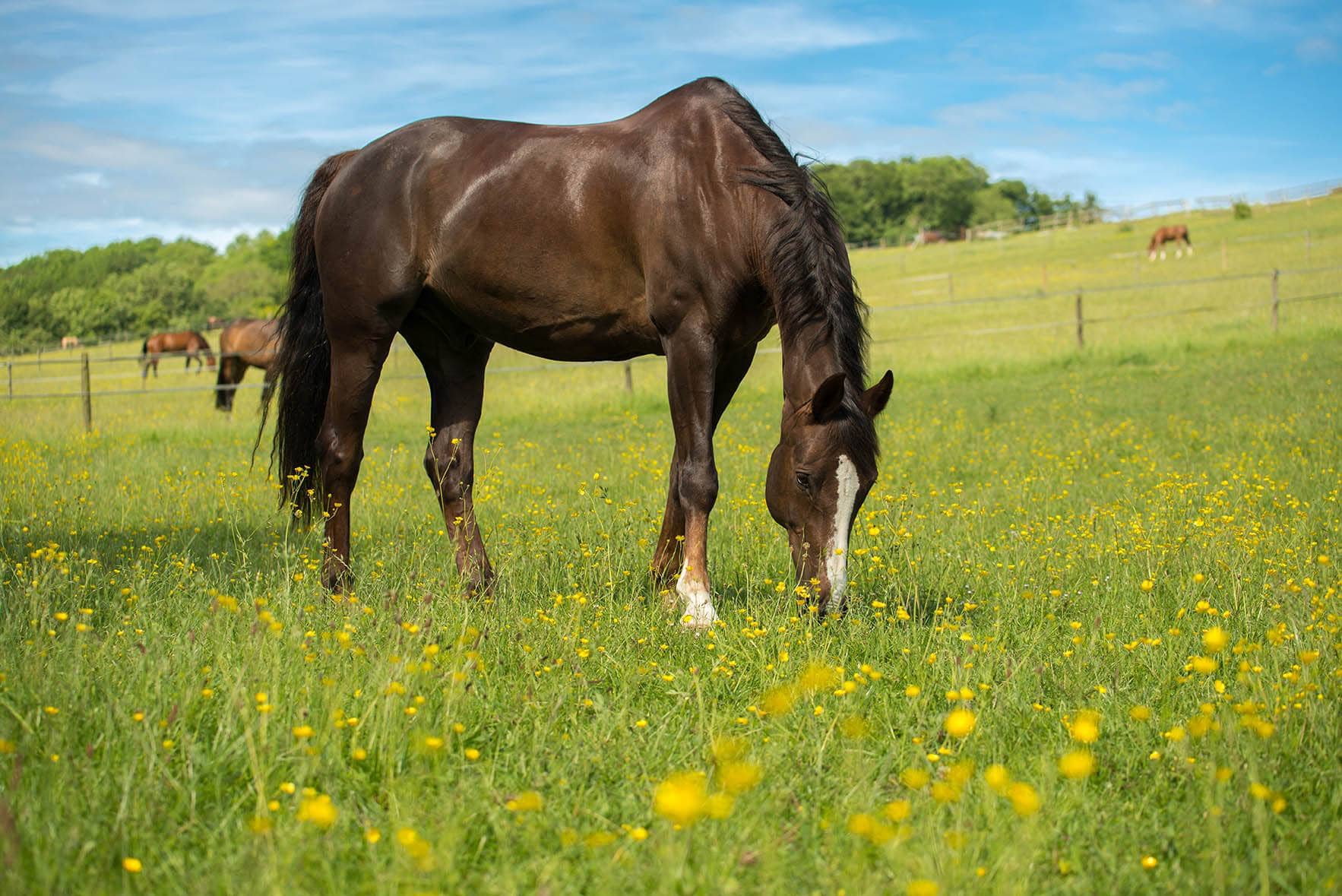
The darkest of all chestnut horses, Liver Chestnuts often seem to be nearly black in color. You’ll often see the chestnut coloration most apparent in the mane and tail.
Last Thoughts
It can be a bit confusing when looking at different chestnut horses. Some of them can be difficult to differentiate, like trying to tell the difference between a light chestnut, flaxen chestnut, and palomino. The subtle differences are there, but you’ll have to look closely to spot them.
See Also:
Featured Image Credit: Studio10-27, Pixabay
